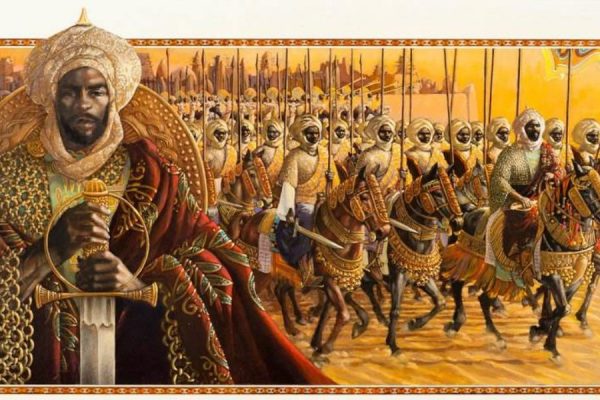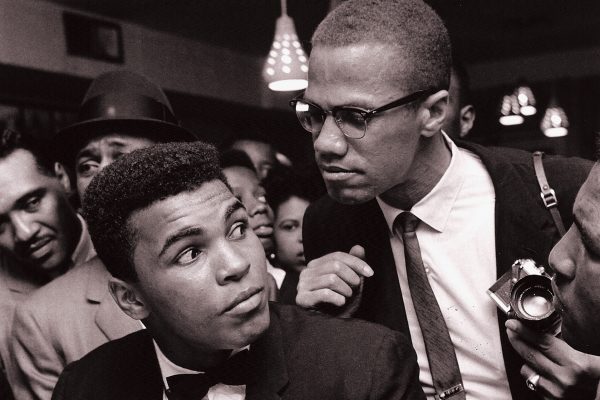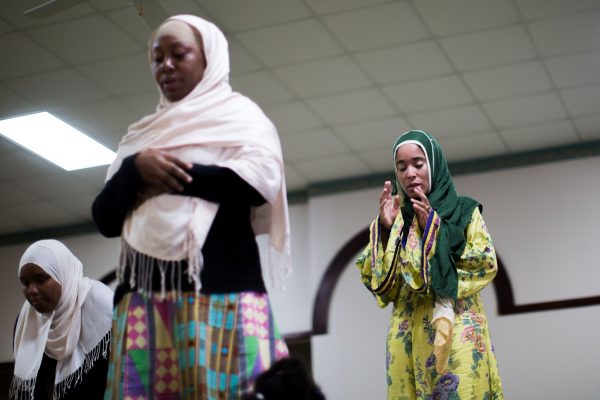Since the trans-Atlantic slave trade, enslaved Africans sought to escape and create maroon societies where they would have the autonomy to live as free people and recreate the kinds of communities that characterized their life prior to enslavement.
Since the trans-Atlantic slave trade, enslaved Africans sought to escape and create maroon societies where they would have the autonomy to live as free people and recreate the kinds of communities that characterized their life prior to enslavement.
I recently had a conversation with a close friend who moved to Mexico a few years ago. He reflected that his experience living as an expat had been incredibly enriching, though difficult at times. As a Black American Muslim, he found that living abroad provided a break from the psychological, social, and spiritual hardships that face people of African descent in the US. He is not alone.
Recent political developments in the US have prompted many to reexamine the situation that Black people face. The routine extrajudicial killing of Black women and men by police has become increasingly visible. Expressions of white supremacist nativism have become more prominent in the wake of Donald Trump’s presidential campaign. And Black people’s socioeconomic prospects remain bleak. One response has been to advocate for Black American migration, invoking our collective memory of once common calls for repatriation and mass exodus.
Our conversation made me reflect on the historical significance of hijra (emigration) for Black Muslims in the West. Hijra signifies the establishment of the model Islamic community founded by the Prophet Muhammad (peace be upon him) over fourteen hundred years ago in Medina in response to persecution from pagans governing Mecca at the time. This was not, however, the first hijra for this early generation of Muslims.
Prior to that, the Prophet (peace be upon him) instructed a number of his followers to seek asylum in Ethiopia under the protection of a righteous Christian king. For Muslims of African descent, this is a reminder of the prominent place of Africa and its people in the early period of Islam, as the religion was established on the continent even before most places in the Arab world.
While this history of hijra is invoked by Muslims of various ethnicities, Black Americans have a rich emigration tradition of their own. Since the trans-Atlantic slave trade, enslaved Africans sought to escape and create maroon societies where they would have the autonomy to live as free people and recreate the kinds of communities that characterized their life prior to enslavement. Some enslaved Africans were even able to return to the African continent. Perhaps more frequently remembered, however, is the Great Migration of Black Americans from the South to the North and West.
After the end of American racial chattel slavery, Black people in the South struggled to build their own institutions and access the rights of citizenship. However, and rather incredibly, they achieved quite a bit of success, building schools, businesses, and thriving Black enclaves, as well as electing Black politicians. This occurred during Reconstruction, which lasted roughly from 1865 to 1877, although some communities held onto these gains for a few additional years.
This ended with the Compromise of 1877, more fittingly referred to as the Great Betrayal, which involved the removal of federal troops from the South who were commissioned with preventing local governments and elites from infringing upon Black people’s newly won free legal status. As a result, white vigilante violence spread throughout the region and Black towns were burned to the ground. Black people became politically disenfranchised and economically incapacitated, and were habitually plagued by extrajudicial murders, more commonly referred to as lynchings. In the wake of the inescapable horror that typified Black life in the region, many emigrated.
Emblematic of this story is the case of Ida B. Wells, the radical Black activist and journalist who waged a global anti-lynching campaign. After moving from the rural town of Holly Springs, Mississippi to urban Memphis, Wells became part of that city’s thriving Black community, which made up roughly 40% of the population. After the lynching of a Black grocery store owner and two others, Wells advocated for Black people to leave Memphis. As a result, about half of the city’s Black population emigrated, crippling the white-dominated local economy.
Wells was even open to the idea of mass Black American migration to the African continent, but ultimately settled among Chicago’s burgeoning Black population. She even spent time abroad in pursuit of Black empowerment, traveling to London to obtain international support for the anti-lynching movement.
In the wake of the Great Migration, Black people established communities in urban cities throughout the North. They pursued various strategies to achieve economic, political, and cultural self-determination. The emergence of Black Muslim communities in these cities over the course of the twentieth century is just one chapter of this larger story. These communities similarly sought to establish spaces for Black people to live self-determined lives amidst an exceedingly repressive political climate.
Movements like the Moorish Science Temple and the Nation of Islam pursued these ends through Black political Nationalism. Black American Sunni Muslim communities like the Addenu Allahe Universal Arabic Association and Brooklyn’s Islamic Mission of America worked to achieve this first by creating rural, self-sufficient settlements on the East Coast, and later by pursuing a distinct brand of Black Internationalism — embracing African and Middle Eastern cultural identities and aesthetics while attempting to forge transnational links with Black and Brown Muslims abroad. Of course, this list could be expanded to include Cleveland’s Muslim Ten Year Plan and Duse Mohammed Ali’s Universal Islamic Society in Detroit.
By the 1960s, Black American Muslim movements like Darul Islam and the Islamic Party of North America articulated calls for Black and Muslim self-determination in a language similar to that of revolutionary organizations like the Black Panther Party and the Black Liberation Army. While this might appear to signify a shift away from an older discourse of hijra, these movements embraced an alternative geography that oriented them toward the Black and Brown nations of the Third World.
In many ways, such an orientation speaks to the heart of what hijra means. In a portion from the 89th verse of Surah an-Nisa, Allah says concerning the hypocrites (i.e. those who faked belief in Islam while plotting against the community of believers): “They wish that you reject Faith, as they do, and thus (that you will) be on the same footing (as they): But take not friends from their ranks until they flee in the way of Allah (From what is forbidden)”.
Here a form of the word hijra is translated as ‘flee’. From this verse, Muslim religious scholars have extracted one of the wisdoms of the inner reality of hijra: to leave what is wrong and pursue what is righteous and just. Shaykh Ahmad Tawfiq of Harlem’s Mosque of Islamic Brotherhood once articulated this concept in a sermon, referring to Islam as an ark that would save those who embrace it from the ills that plague society.
This is the long history that the conversation with my friend brought to mind. The notion of hijra is an important part of Black Muslim history. Many of the leaders who represent the trajectories of both our religious and sociopolitical histories have encouraged a physical hijra — whether to majority-Muslim lands, or to an African homeland where Islam is an integral part of the religious landscape, or to parts of North America that are more conducive to a self-determined existence.
Others have advocated a more symbolic hijra in the form of the kinds of cultural and religious nationalisms that motivate us to divest from the West — or at least from the aspects of Western culture that we deem to be unjust and unhealthy. In either case, the word of God rings true. The most excellent reminder can be found in the 97th verse of Surah an-Nisa:
“When angels take the souls of those who die in sin against their souls, they (the angels) say: ‘In what (plight) were you?’ They reply: ‘Weak and oppressed were we in the earth.’ They (the angels) say: ‘Was not the earth of Allah spacious enough for you to move yourselves away (from evil)?’ Such people will find their abode in Hell,- What an evil refuge!”
My friend’s words reminded me that God’s earth is indeed spacious.
This article was originally published on Sapelo Square, written by Rasul Miller, which can be found here.





